Breaking television borders: Microsoft's wacky idea to project scenes on living room walls
"Turn around and observe an enemy sneaking up from behind."
After an hour or was it days of fruitless searching, we've found the patent everyone's been talking about: Microsoft's wacky 'project a peripheral gaming environment onto your walls and furniture' idea. Or, to give it its proper name, the Immersive Display Experience.
The inventor credited by the patent is Gritsko Perez, and the company is Microsoft. Perez is a hardware engineer at Microsoft, according to Google. The patent was filed on 2nd March 2011, and published on 6th September 2012.
See if you can work this out:
"A data-holding subsystem holding instructions executable by a logic subsystem is provided. The instructions are configured to output a primary image to a primary display for display by the primary display, and output a peripheral image to an environmental display for projection by the environmental display on an environmental surface of a display environment so that the peripheral image appears as an extension of the primary image."
Exactly. Snappy, succinct.
Better descriptions are further down.
"An immersive display environment is provided to a human user by projecting a peripheral image onto environmental surfaces around the user. The peripheral images serve as an extension to a primary image displayed on a primary display."
And:
"Interactive media experiences, such as video games, are commonly delivered by a high quality, high resolution display. Such displays are typically the only source of visual content, so that the media experience is bounded by the bezel of the display.
"In some embodiments where a 3D image is presented to a user, user tracking device 118 may track a user's eyes to determine a direction of the user's gaze."
Microsoft's patent
"Even when focused on the display, the user may perceive architectural and decorative features of the room the display is in via the user's peripheral vision. Such features are typically out of context with respect to the displayed image, muting the entertainment potential of the media experience.
"Further, because some entertainment experiences engage the user's situational awareness (e.g., in experiences like the video game scenario described above), the ability to perceive motion and identify objects in the peripheral environment (i.e., in a region outside of the high resolution display) may intensify the entertainment experience."

So:
"In the context of the gaming scenario shown in FIG. 1, user 102 may turn around and observe an enemy sneaking up from behind."
Combine that with user-tracking technology and the scene could shift depending on where you're looking.
"Interactive computing system 110 may identify and track a user position for user 102, and act in response to user movements detected by user tracking device 118. Thus, gestures performed by user 102 while playing a video game running on interactive computing system 110 may be recognised and interpreted as game controls.
"In other words, the tracking device 118 allows the user to control the game without the use of conventional, hand-held game controllers. In some embodiments where a 3D image is presented to a user, user tracking device 118 may track a user's eyes to determine a direction of the user's gaze."
That user-tracking device could obviously be Kinect. But where does the projected peripheral image come from?
"In different embodiments, interactive computing system 110 may take the form of a mainframe computer, server computer, desktop computer, laptop computer, tablet computer, home entertainment computer, network computing device, mobile computing device, mobile communication device, gaming device, etc."
Microsoft's patent
"A projection display device configured to project a peripheral imagine in a 360-degree field around environmental display", actually. That environmental display "may" include a left-side facing and right-side facing wide-angle RGB projector. This projectory thing is located on top of the telly in the pictures, but doesn't have to be: "The environmental display may be located at another position proximate to the primary display, or in a position away from the primary display."
Headgear "such as active shutter glasses configured to operate in synchronisation with suitable alternate-frame image sequencing" could be used with the telly and environmental display for you to "enjoy an immersive 3D experience""However, it will be appreciated that depth camera 114 may be a standalone peripheral device operatively coupled with interactive computing system 110."
That computing system 110 looks like an Xbox 360. But, importantly, the patent isn't specific to a machine - it's an example, and could be any number of devices.
"Interactive computing system 110 is shown in simplified form. It is to be understood that virtually any computer architecture may be used without departing from the scope of this disclosure. In different embodiments, interactive computing system 110 may take the form of a mainframe computer, server computer, desktop computer, laptop computer, tablet computer, home entertainment computer, network computing device, mobile computing device, mobile communication device, gaming device, etc."
A detailed report on this patent first surfaced on Patently Apple.
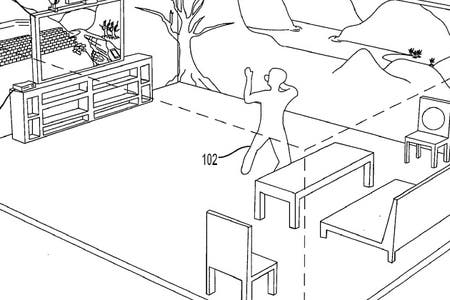


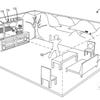
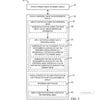
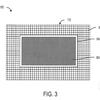
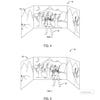
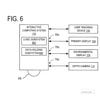



.png?width=291&height=164&fit=crop&quality=80&format=jpg&auto=webp)



